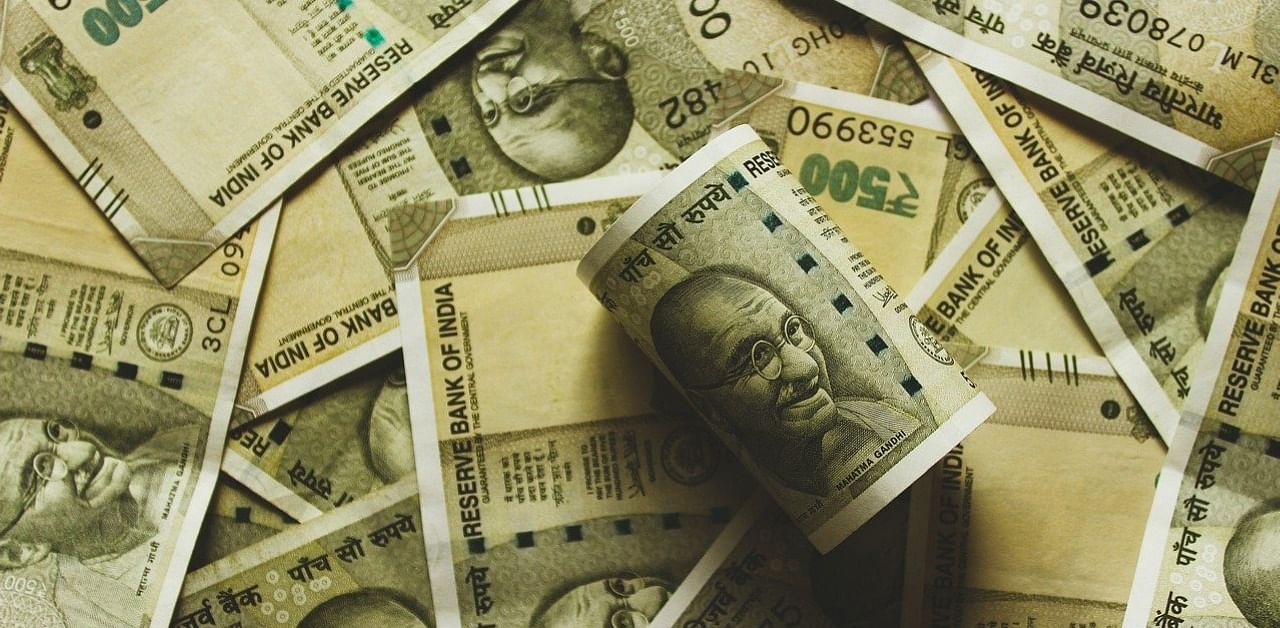
Buoyed by foreign fund inflow and weaker US dollar, the Indian rupee is trading at its highest level in almost a year.
On Friday the rupee closed flat at 72.65 against the greenback, as foreign funds continued to pump monies into Indian markets.
The last time the rupee traded at such a high level was on February 27, 2020 -- one day before the 2020 stock market crash started in Dalal Street. Analysts attribute the rise in the rupee to the unabated foreign fund inflow, coupled with the weakened US dollar.
“The likely US fiscal stimulus announced by the new US government and the minutes of the US Fed committee showing a sustained continuation of its accommodative policy have supported the weakness in the US dollar and in turn led to an appreciation in the rupee,” said Sushant Hede, Associate Economist, CARE Ratings.
Since the beginning of November, when foreign funds started their buying spree in the Indian equities, the rupee has gained almost 3% against the greenback. During the same time period of just four months, the foreign funds have parked in a net of Rs 1.46 lakh crore in Indian markets -- almost double of what India expects to spend on education in the next financial year.
However, going forth, for the next couple of months, the analysts expect the rupee to be range-bound in the range of 72-74 against the US dollar.
“According to the Union Budget 2021-22 statement, the fiscal deficit would be pegged at 6.8% of Gross Domestic Product (GDP) for FY22, while the government has pegged it at 9.5% for FY21. Additionally, RBI has persistently intervened in the markets and we expect that the central bank could continue to do so and this will limit the appreciation bias,” Sriram Iyer, Senior Research Analyst at Reliance Securities said.